Squalane vs. Marula Oil; Which is Right for You?

Squalane and marula oil both help to hydrate the skin — though each has its own unique set of benefits. Here’s what you need to know about these two popular ingredients, including how to choose the right one for your own skin type and concerns.
THE SCIENCE BEHIND IT…
OVERALL CLINICAL DATA ON SPECIFIC INGREDIENT(S) & HOW THEY FUNCTION:
WHAT IS MARULA OIL?
Marula Oil, technically called Sclerocarya Birrea Seed Oil, is known for its deeply moisturizing and hydrating effects.* It is chock full of fatty amino acids that are structurally similar to those found naturally in the epidermis (surface of the skin), which is why it absorbs so effectively when applied topically.* More specifically, the most prevalent amino acids found in marula oil include oleic acid, palmitic acid, linoleic acid, palmitoleic acid and stearic acid, all of which work to help strengthen and stabilize the skin barrier.
WHAT ARE THE BENEFITS OF MARULA OIL?
Topical application of marula oil has been shown to provide potent anti-aging benefits, helping to prevent the breakdown of collagen and elastin in the skin**—two of the most plentiful proteins in the skin, which keep it looking supple and firm.*** Research has also confirmed marula oil’s ability to help smooth skin texture and soothe redness.****
WHAT IS SQUALANE?
Squalane, with an “a,” is the refined, saturated version of squalene (it is processed this way so as to ensure a longer product shelf-life and stronger potency). Squalene with an “e” is produced within our bodies—it’s one of the most common lipids (or fats and oils) that our skin cells naturally produce.***** It’s also one of the components of skin sebum, or oil.
However, as with other key skin strengthening components (such as hyaluronic acid and collagen), our natural production of squalene slows as we age—which is why replenishing it topically can boast so many benefits. These skin benefits include antioxidant, free-radical fighting power (helping to protect against environmental aggressors such as UV rays and pollution), plus moisturization and hydration of the skin.****** Though in decades past, the squalane used in topical products was derived from the livers of aquatic animals (most often sharks), today, the squalane you’ll find in your skin care bottle is usually derived from plants. The 100% squalane formulated into Naturium’s product line is derived from pure sugarcane.
MARULA OIL VS. SQUALANE: WHICH ONE SHOULD I USE?
In general, because it essentially mimics the structure of skin’s natural sebum, squalane is better utilized in skin types that are oily, combination or acne prone, as well as to address skin concerns such as eczema and psoriasis. Because it is so lightweight, it will absorb easily and replenish essential hydration without increasing oiliness or shine.
Marula oil is generally better suited for mature, dry or very dry skin types. Because it is so deeply nourishing, it helps to smooth skin, boost elasticity and restore its natural glow.
MARULA OIL WE RECOMMEND: VIRGIN MARULA FACE OIL 100%
It doesn’t get any purer than this. Naturium’s Virgin Marula Face Oil is comprised entirely of unrefined, concentrated marula oil. Rich in fatty acids (omegas) and antioxidants, this face oil absorbs easily and intensely hydrates skin.
SQUALANE OIL WE RECOMMEND: PLANT SQUALANE FACE OIL 100%
Formulated with 100% sugarcane-derived squalane, this lightweight Plant Squalane Face Oil replenishes essential moisture for a healthier looking complexion.

DISCLAIMER:
Lab Journals are intended to help educate on specific ingredients and skin care topics. Our articles are written to be informative and informational.
Please note any Naturium products with referenced ingredients are formulated for Cosmetic Use Only and NOT intended as replacements for physician pharmaceutical product recommendations.
SOURCES:
- *https://www.ncbi.nlm.nih.gov/pubmed/26528587
- **https://www.ncbi.nlm.nih.gov/pmc/articles/PMC5804067/
- ***https://my.clevelandclinic.org/health/articles/10978-skin
- ...
- ****http://www.nbri.org.na/sections/economic-botany/INP/sectors/Marula
- *****https://www.ncbi.nlm.nih.gov/pmc/articles/PMC4885180/
- ******https://www.ncbi.nlm.nih.gov/pmc/articles/PMC6253993/

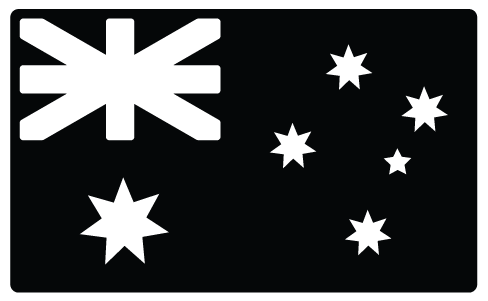
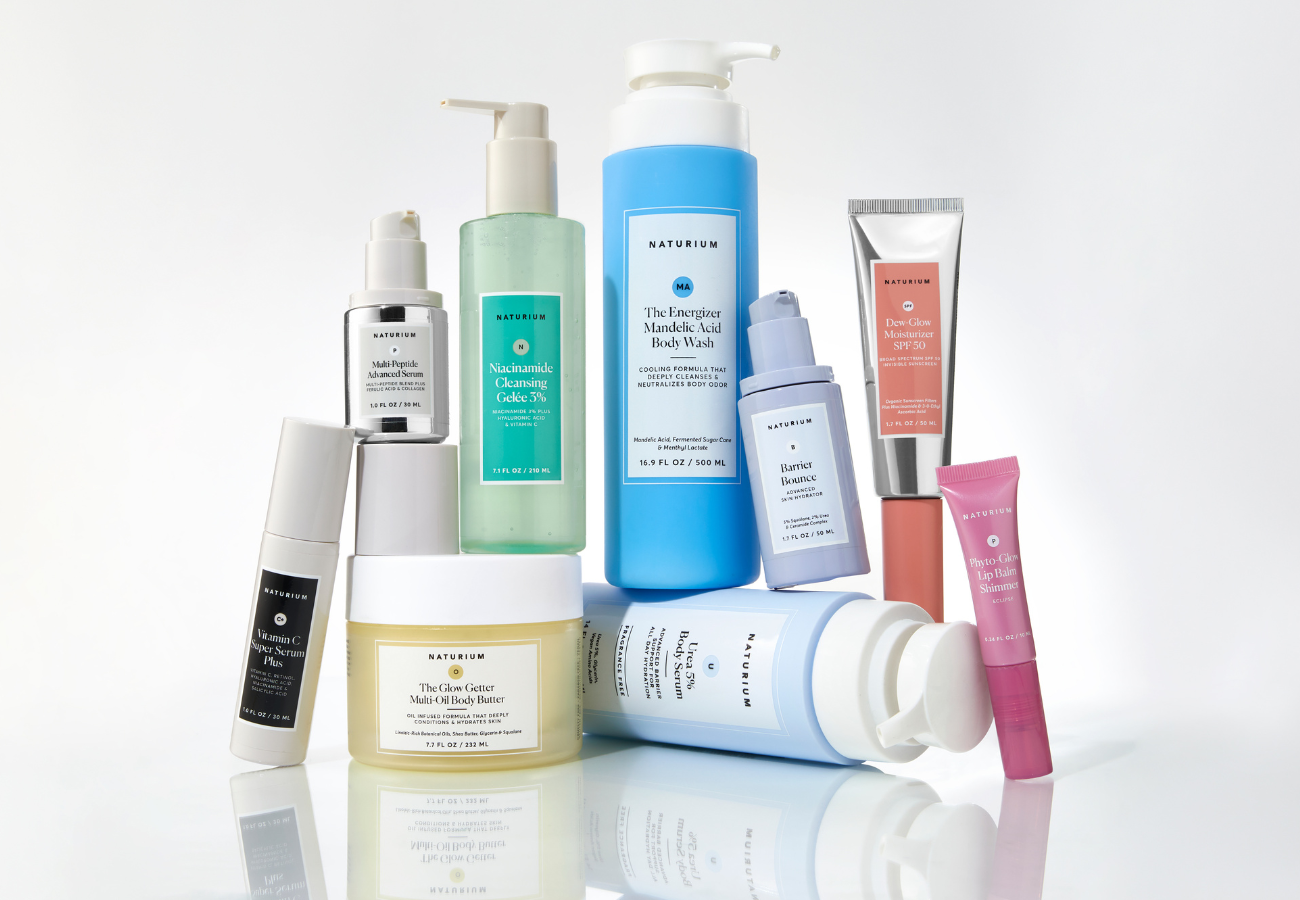
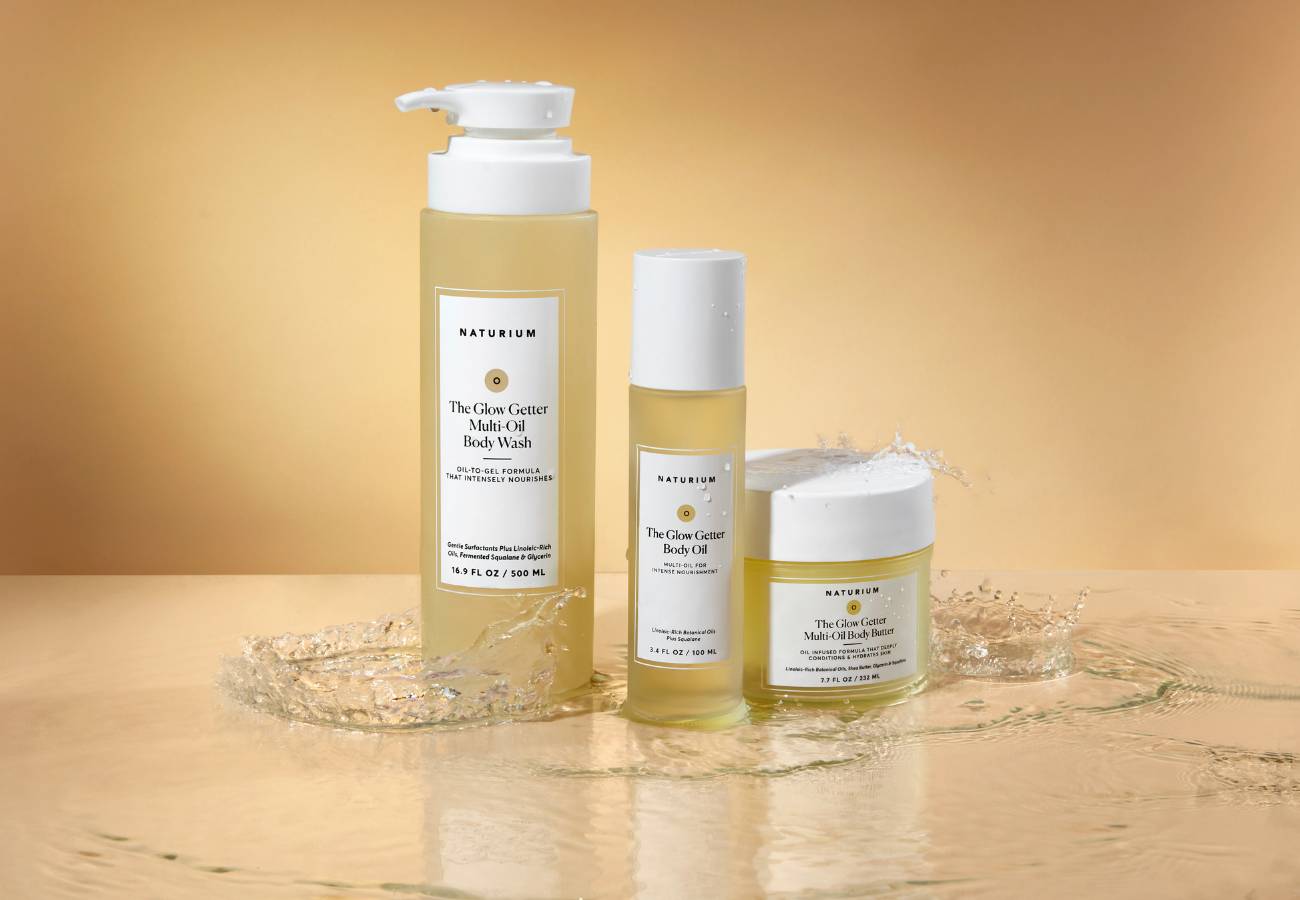
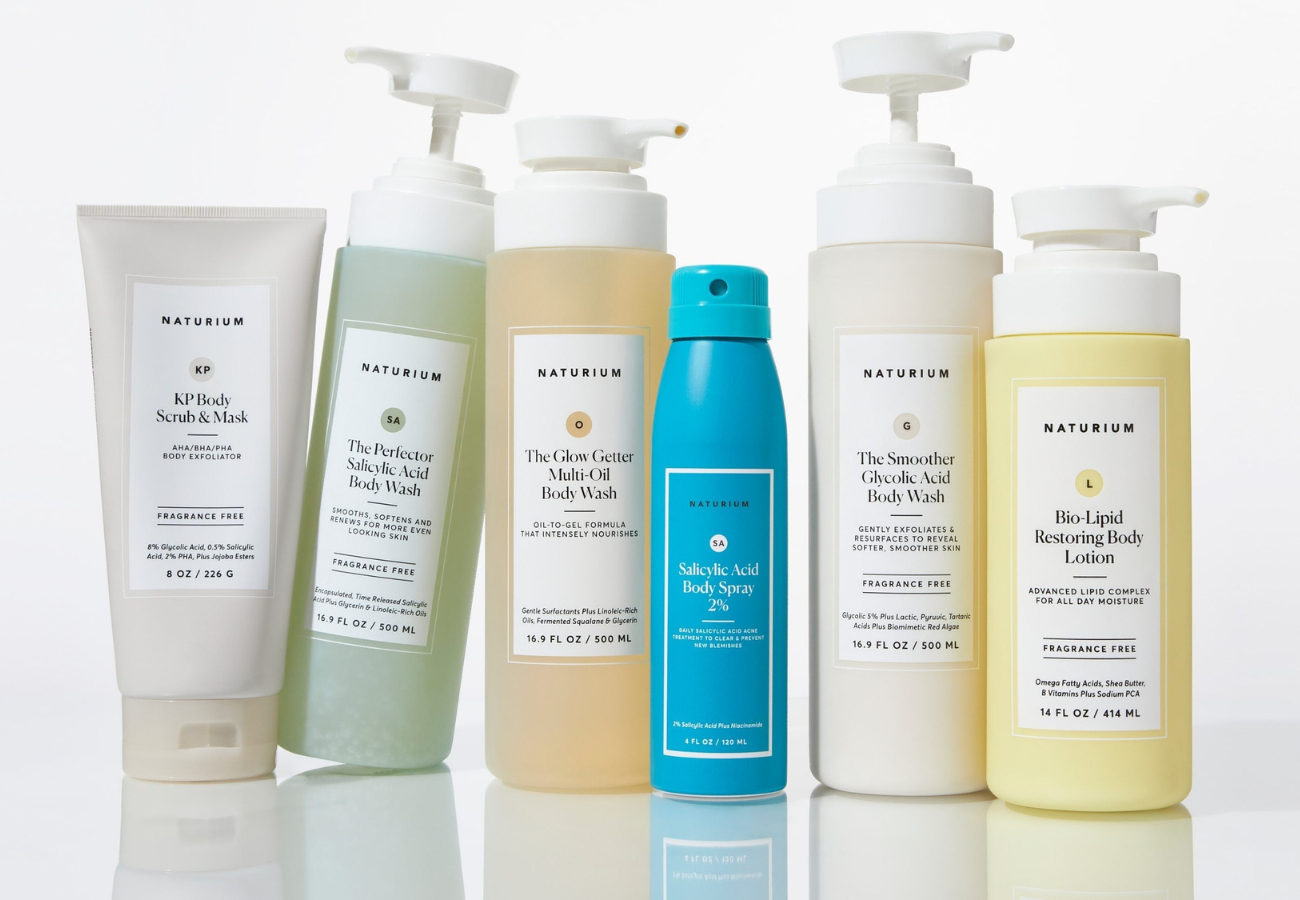
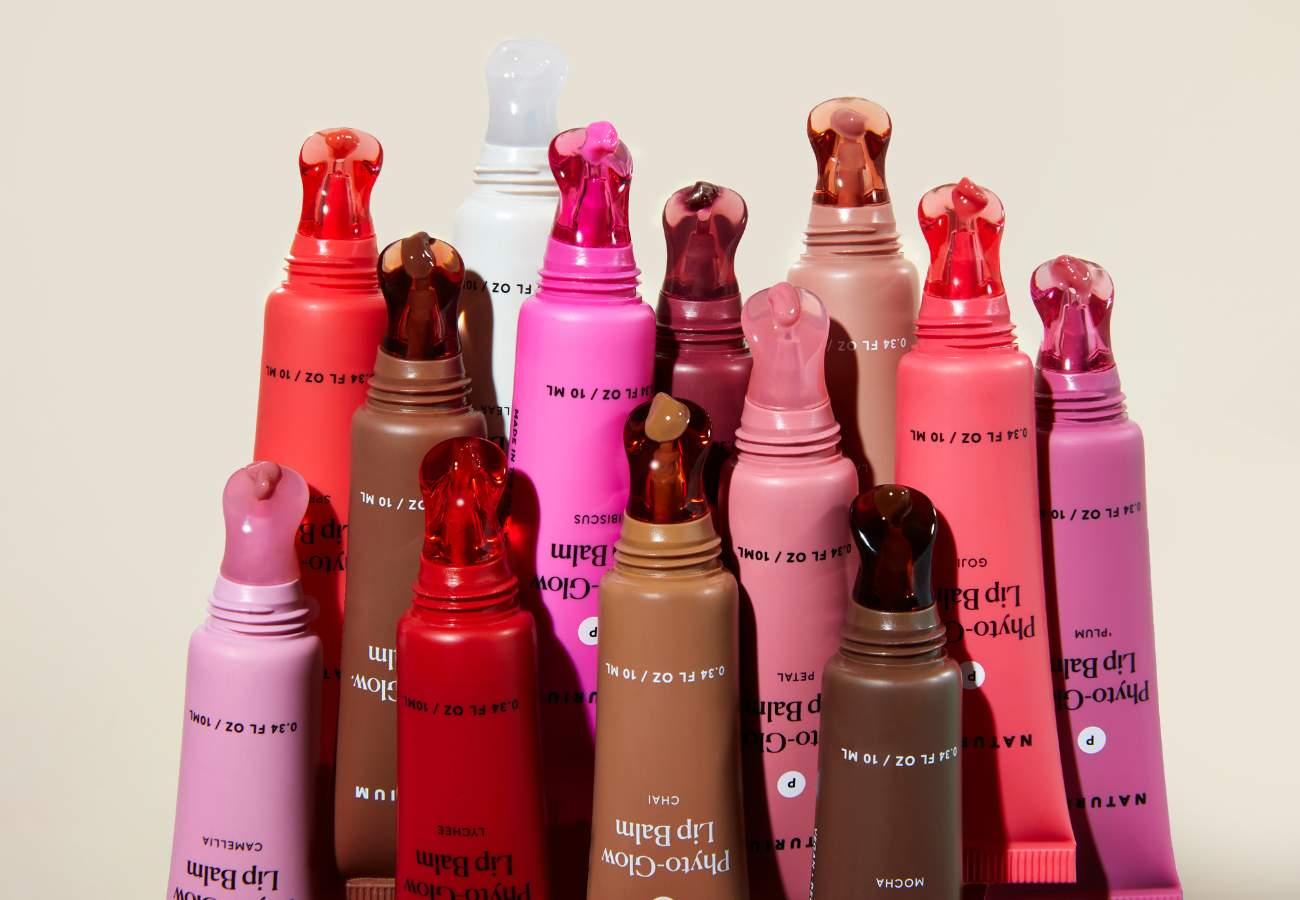
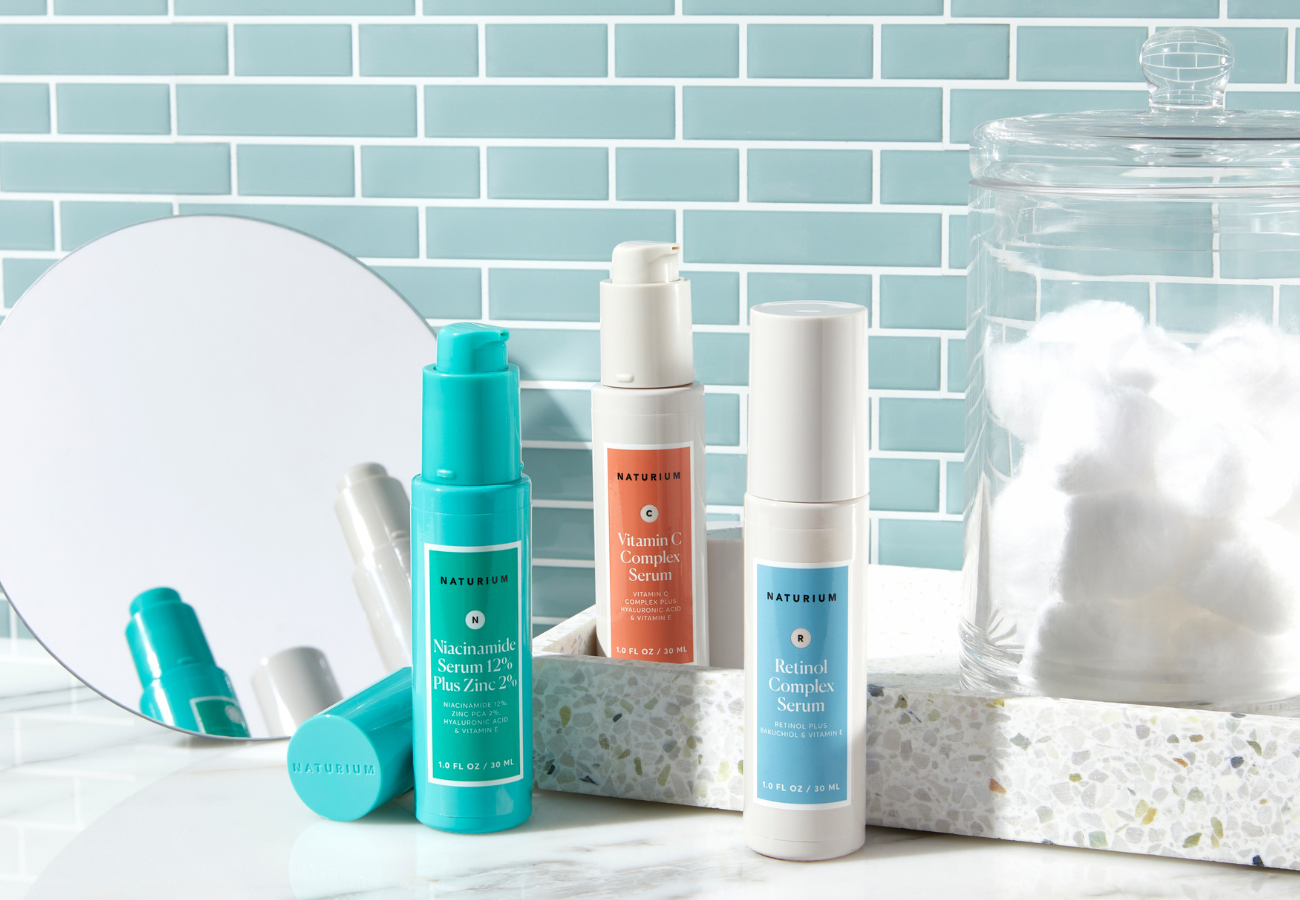
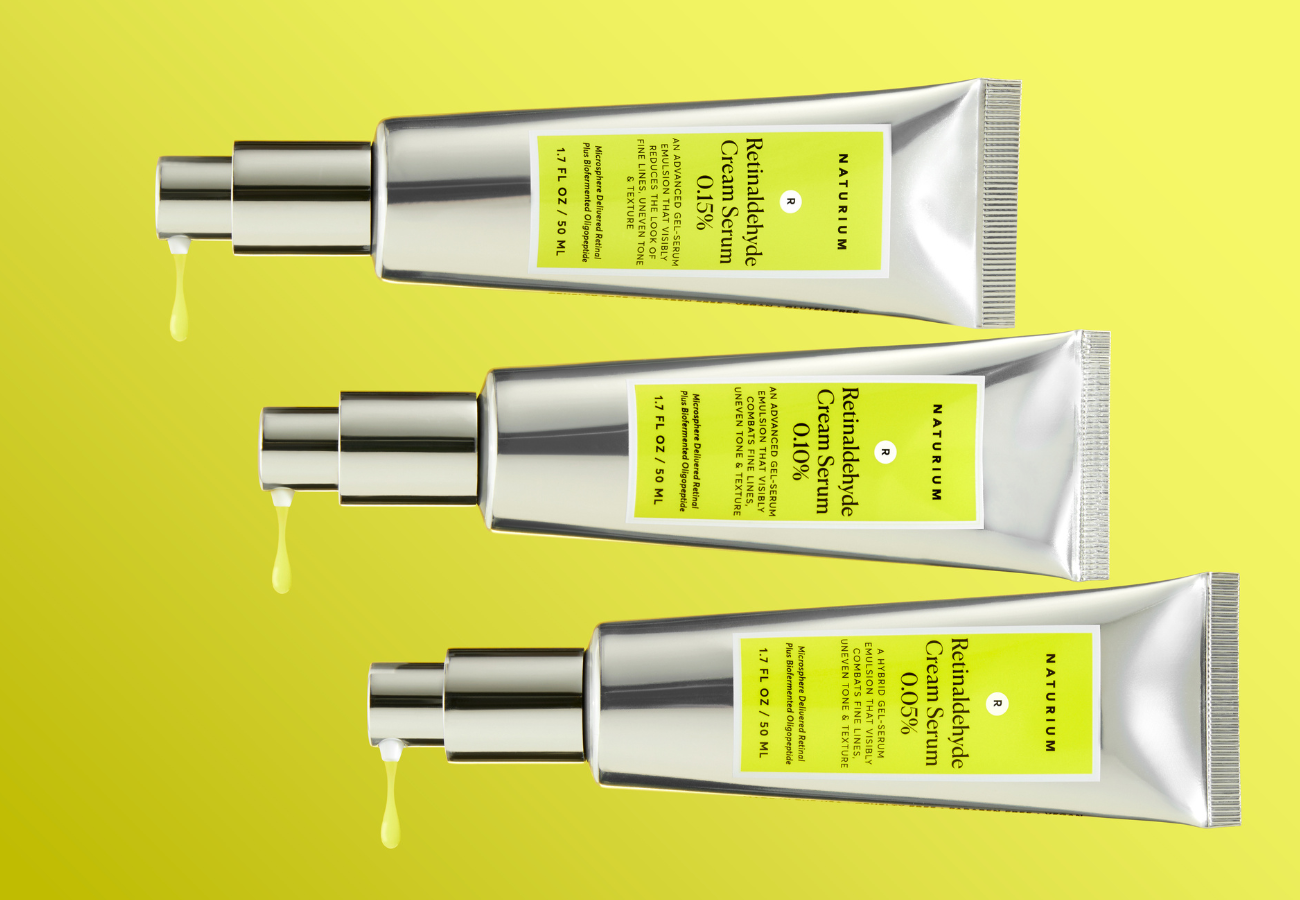

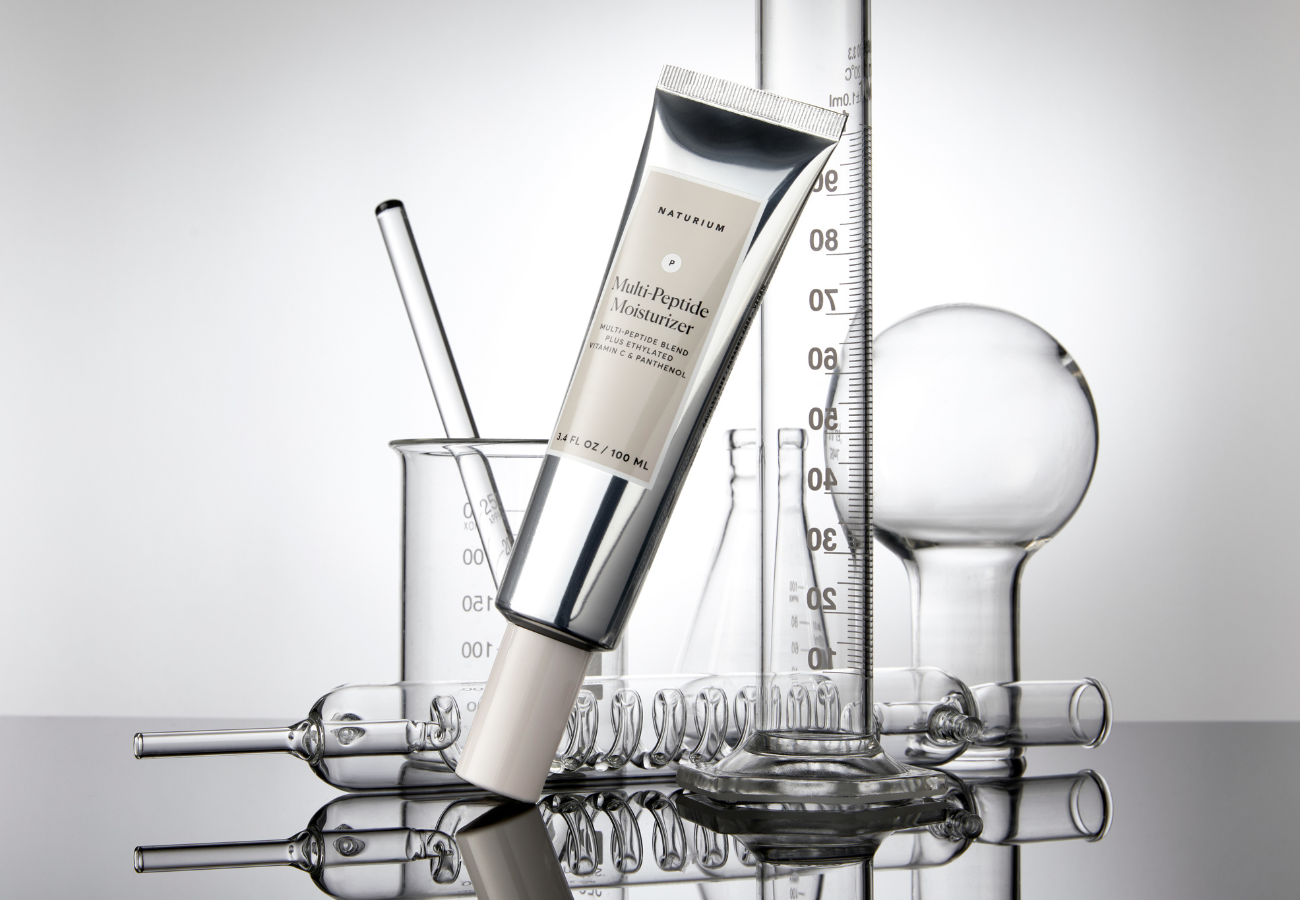


Leave a comment
This site is protected by hCaptcha and the hCaptcha Privacy Policy and Terms of Service apply.